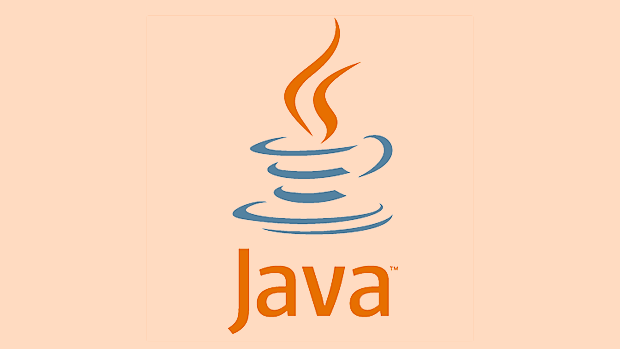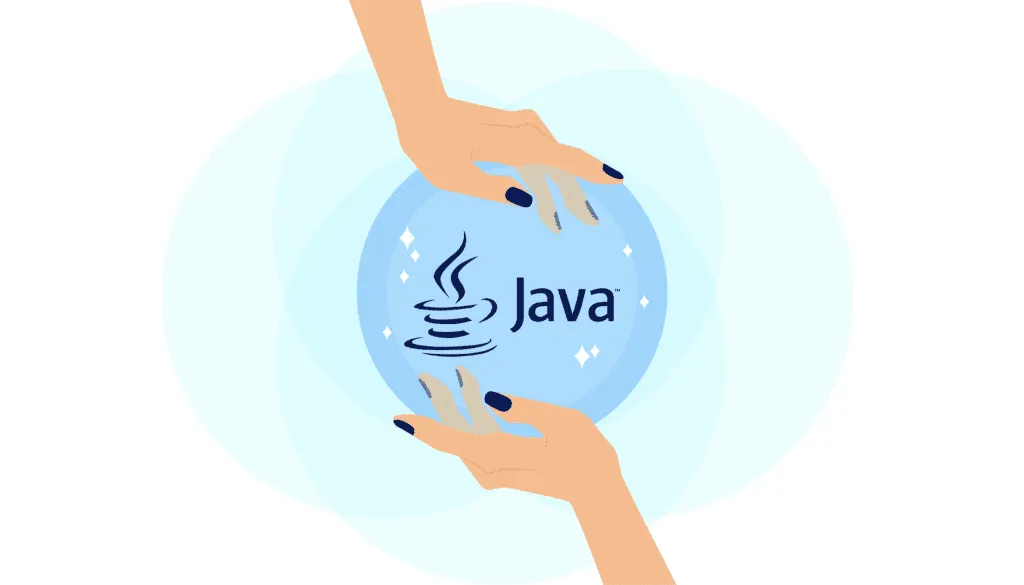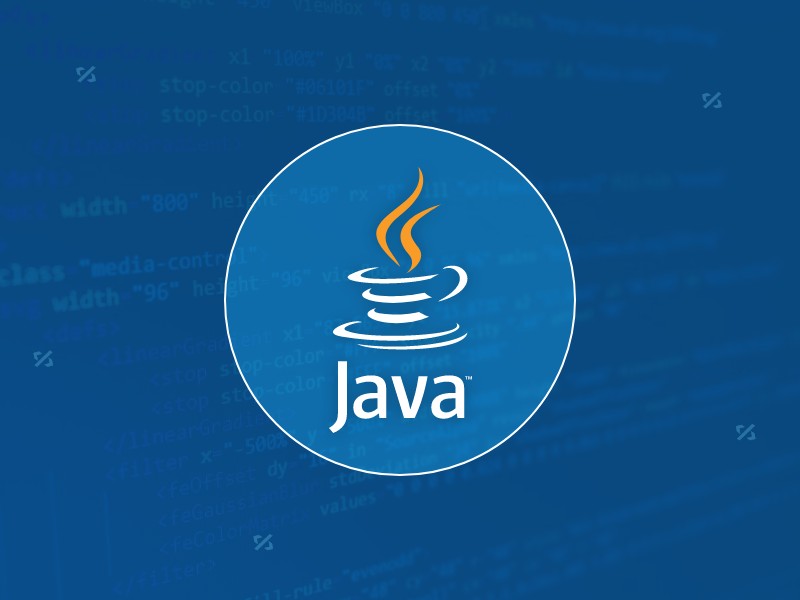Performance Tuning and Profiling Java Applications
Jul 07, 2025 am 01:52 AMKey steps for performance tuning of Java applications include: 1. Use JVM built-in tools such as jstat, jmap, and jstack to monitor GC frequency, memory distribution and thread status, and locate basic problems; 2. Use VisualVM, JProfiler or Async Profiler to analyze hot codes and identify CPU-intensive methods; 3. Optimize garbage collection behavior through GC logs and parameter adjustments, and select appropriate recyclers and heap configurations based on business load testing; 4. Avoid common traps such as excessive synchronization, frequent object creation, N 1 query, and excessive log output, and reduce unnecessary performance losses.

Performance tuning and analysis of Java applications are actually just a few key points: finding bottlenecks, understanding behavior, and rational optimization. You don't need to pursue the ultimate from the beginning, but you have to know where to start.

1. Use the built-in JVM tools to understand the running status
JVM comes with some tools, such as jstat , jmap , and jstack . Although these widgets are simple, they are very practical when troubleshooting problems. For example:

-
jstat -gc <pid></pid>can see the GC frequency and time consumption. If you find that Full GC happens frequently, the memory may become a bottleneck. -
jmap -histo:live <pid></pid>can see the distribution of objects in the heap, which helps to detect memory leaks. -
jstack <pid></pid>Print thread stack, which can be used to check deadlock or thread blocking problems.
These commands do not need to be memorized, but you have to know which types of problems they can solve. When using it, use it to process the output with grep or script, which is more efficient.
2. Use Profiling tools to locate hotspot codes
With logs and command line tools alone, it is difficult to see which method is slowing down overall performance. At this time, you need to use the profiling tool to "show X-ray".

Commonly used are:
- VisualVM : Graphical interface, suitable for local debugging, can view threads, memory, and CPU usage, and can also perform sampling or profiling.
- JProfiler : More powerful, supports remote connections, and is also helpful for production environment diagnosis, but it is commercial software.
- Async Profiler : lightweight, low overhead, suitable for short-term opening in production environments, and can accurately find CPU-intensive methods.
When using these tools, it is recommended to run the sampling mode first to see if there are any obvious hot-spot methods. If necessary, turn on more detailed tracking mode to avoid affecting system stability.
3. Pay attention to GC behavior and adjust parameters appropriately
The performance of Java applications is closely related to GC. Different garbage collectors have a lot of performance. For example, G1 is suitable for large piles of memory, while ZGC focuses on low latency.
You can observe GC in the following ways:
- Startup parameters plus
-XX: PrintGCDetails -XX: PrintGCDateStamps - Use
jstatto monitor GC frequency - Use GC log analysis tools such as GCEasy or GCViewer to view trends
Adjusting GC parameters is not the more complicated the better, for example:
- It is easy to OOM if the pile is too small, and it will increase GC time if it is too large
- The young generation is too small to set up, which will lead to frequent promotion of objects to the elderly, causing Full GC
- You can select appropriate pause target parameters according to GC type, such as
-XX:MaxGCPauseMillis=200
The key is to make decisions based on business load testing, rather than blindly applying other people's configuration.
4. Avoid common performance traps
Sometimes poor performance is not because the code is bad, but because it is a pitfall:
- Oversync : If synchronized is used too much, it will slow down the concurrency ability. You can use ReentrantLock or try lock-free structure.
- Frequently creating objects : For example, new objects in a loop can easily lead to high pressure on GC, consider reusing or using object pools.
- N 1 query problem : There is no batch processing for database access, and one interface triggers dozens of queries. This situation can be solved by adding a JOIN or cache.
- Too much log output : Too much DEBUG level log will affect IO. Remember to adjust the log level before going online.
These problems are often hidden in business logic and will only be exposed under actual stress measurement or real traffic.
Basically that's it. Performance tuning is a gradual process, don't modify JVM parameters or refactor code as soon as you start. Observe first, then analyze, and finally take action, the effect is better.
The above is the detailed content of Performance Tuning and Profiling Java Applications. For more information, please follow other related articles on the PHP Chinese website!

Hot AI Tools

Undress AI Tool
Undress images for free

Undresser.AI Undress
AI-powered app for creating realistic nude photos

AI Clothes Remover
Online AI tool for removing clothes from photos.

Clothoff.io
AI clothes remover

Video Face Swap
Swap faces in any video effortlessly with our completely free AI face swap tool!

Hot Article

Hot Tools

Notepad++7.3.1
Easy-to-use and free code editor

SublimeText3 Chinese version
Chinese version, very easy to use

Zend Studio 13.0.1
Powerful PHP integrated development environment

Dreamweaver CS6
Visual web development tools

SublimeText3 Mac version
God-level code editing software (SublimeText3)

Hot Topics
 How to iterate over a Map in Java?
Jul 13, 2025 am 02:54 AM
How to iterate over a Map in Java?
Jul 13, 2025 am 02:54 AM
There are three common methods to traverse Map in Java: 1. Use entrySet to obtain keys and values at the same time, which is suitable for most scenarios; 2. Use keySet or values to traverse keys or values respectively; 3. Use Java8's forEach to simplify the code structure. entrySet returns a Set set containing all key-value pairs, and each loop gets the Map.Entry object, suitable for frequent access to keys and values; if only keys or values are required, you can call keySet() or values() respectively, or you can get the value through map.get(key) when traversing the keys; Java 8 can use forEach((key,value)->
 Java Optional example
Jul 12, 2025 am 02:55 AM
Java Optional example
Jul 12, 2025 am 02:55 AM
Optional can clearly express intentions and reduce code noise for null judgments. 1. Optional.ofNullable is a common way to deal with null objects. For example, when taking values ??from maps, orElse can be used to provide default values, so that the logic is clearer and concise; 2. Use chain calls maps to achieve nested values ??to safely avoid NPE, and automatically terminate if any link is null and return the default value; 3. Filter can be used for conditional filtering, and subsequent operations will continue to be performed only if the conditions are met, otherwise it will jump directly to orElse, which is suitable for lightweight business judgment; 4. It is not recommended to overuse Optional, such as basic types or simple logic, which will increase complexity, and some scenarios will directly return to nu.
 How to fix java.io.NotSerializableException?
Jul 12, 2025 am 03:07 AM
How to fix java.io.NotSerializableException?
Jul 12, 2025 am 03:07 AM
The core workaround for encountering java.io.NotSerializableException is to ensure that all classes that need to be serialized implement the Serializable interface and check the serialization support of nested objects. 1. Add implementsSerializable to the main class; 2. Ensure that the corresponding classes of custom fields in the class also implement Serializable; 3. Use transient to mark fields that do not need to be serialized; 4. Check the non-serialized types in collections or nested objects; 5. Check which class does not implement the interface; 6. Consider replacement design for classes that cannot be modified, such as saving key data or using serializable intermediate structures; 7. Consider modifying
 Comparable vs Comparator in Java
Jul 13, 2025 am 02:31 AM
Comparable vs Comparator in Java
Jul 13, 2025 am 02:31 AM
In Java, Comparable is used to define default sorting rules internally, and Comparator is used to define multiple sorting logic externally. 1.Comparable is an interface implemented by the class itself. It defines the natural order by rewriting the compareTo() method. It is suitable for classes with fixed and most commonly used sorting methods, such as String or Integer. 2. Comparator is an externally defined functional interface, implemented through the compare() method, suitable for situations where multiple sorting methods are required for the same class, the class source code cannot be modified, or the sorting logic is often changed. The difference between the two is that Comparable can only define a sorting logic and needs to modify the class itself, while Compar
 How to handle character encoding issues in Java?
Jul 13, 2025 am 02:46 AM
How to handle character encoding issues in Java?
Jul 13, 2025 am 02:46 AM
To deal with character encoding problems in Java, the key is to clearly specify the encoding used at each step. 1. Always specify encoding when reading and writing text, use InputStreamReader and OutputStreamWriter and pass in an explicit character set to avoid relying on system default encoding. 2. Make sure both ends are consistent when processing strings on the network boundary, set the correct Content-Type header and explicitly specify the encoding with the library. 3. Use String.getBytes() and newString(byte[]) with caution, and always manually specify StandardCharsets.UTF_8 to avoid data corruption caused by platform differences. In short, by
 How to parse JSON in Java?
Jul 11, 2025 am 02:18 AM
How to parse JSON in Java?
Jul 11, 2025 am 02:18 AM
There are three common ways to parse JSON in Java: use Jackson, Gson, or org.json. 1. Jackson is suitable for most projects, with good performance and comprehensive functions, and supports conversion and annotation mapping between objects and JSON strings; 2. Gson is more suitable for Android projects or lightweight needs, and is simple to use but slightly inferior in handling complex structures and high-performance scenarios; 3.org.json is suitable for simple tasks or small scripts, and is not recommended for large projects because of its lack of flexibility and type safety. The choice should be decided based on actual needs.
 Java method references explained
Jul 12, 2025 am 02:59 AM
Java method references explained
Jul 12, 2025 am 02:59 AM
Method reference is a way to simplify the writing of Lambda expressions in Java, making the code more concise. It is not a new syntax, but a shortcut to Lambda expressions introduced by Java 8, suitable for the context of functional interfaces. The core is to use existing methods directly as implementations of functional interfaces. For example, System.out::println is equivalent to s->System.out.println(s). There are four main forms of method reference: 1. Static method reference (ClassName::staticMethodName); 2. Instance method reference (binding to a specific object, instance::methodName); 3.
 Outlook shortcut for new email
Jul 11, 2025 am 03:25 AM
Outlook shortcut for new email
Jul 11, 2025 am 03:25 AM
How to quickly create new emails in Outlook is as follows: 1. The desktop version uses the shortcut key Ctrl Shift M to directly pop up a new email window; 2. The web version can create new emails in one-click by creating a bookmark containing JavaScript (such as javascript:document.querySelector("divrole='button'").click()); 3. Use browser plug-ins (such as Vimium, CrxMouseGestures) to trigger the "New Mail" button; 4. Windows users can also select "New Mail" by right-clicking the Outlook icon of the taskbar






